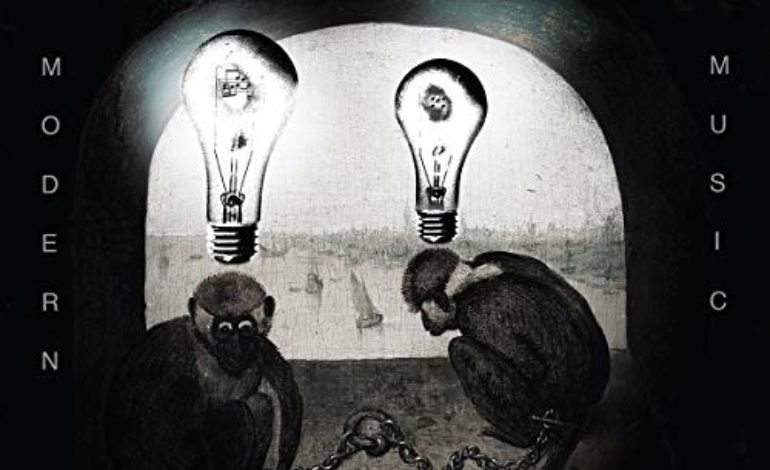

A loosely assembled genre experiment
Experimental is a strange term for music. Many people are prone to see the label and avoid the music on the sole fact that it’s a sound that seemingly doesn’t fit anywhere else, yet those who have dabbled in the genre are apt to be frustrated by such a broad genre listing. Thought Gang seems to be here to relive the need to have any other genre tag than experimental. While most groups are content to fall under experimental categories, avant-garde jazz, noise, power electronics, etc. Though Gang chooses to fall under all of them, creating a rollercoaster ride of an album.
There are more than a few records that pride themselves on not being sequestered into a single genre and are even more bands that mistake their inconsistencies as part of artistic vision. Thought Gang, however, views the exercise of genre-hopping as part of the experiment, and succeed at it as such. The opening track, “Stalin Revisited” is a loosely jazzy but largely atmospheric string drone piece that eventually gives way to the actual jazz piece “Logic and Common Sense” before turning into the hip-hop/rock grumble of “One Dog Bark.” It’s difficult to say if there was a specific goal here or if Thought Gang simply wished to show their ability as musicians to work in multiple genres on the same album. Given that, the album is an excellent reflection of the current inability of the music world to focus. Genres have blended and smashed into each other, while artists like Ariana Grande and Taylor Swift may rule radio, (and at times streaming) the majority of top 20 most streamed is not pop, but some combination of hip-hop and emo. With the access afforded to everyone via streaming, why not cut out the middleman completely by putting every genre on one album, from jazz to spoken word.
While the album is interesting conceptually, it musically falls somewhat short. It’s not so much the skill of the instrumentation, which is stellar, but rather the fact that the unfocused nature of the record prohibits listeners from finding a proper through line connecting the album together. All in all, it leaves the album as more of a curiosity than something that one is likely to return to time and time again. Though, with David Lynch, was anyone truly expecting anything to exist outside of the realm of curiosity? The majority of the songs only have memorable moments, and those are best found on “Jack Paints it Red” and the smooth progression of “Multi-Tempo Wind Boogie.”
In essence, there is nothing tying this record together. While the packaging of these songs as a single piece of art may have been the statement, once that initial shock wears off it feels like a haphazardly assembled playlist of avant-garde music. This has always been the downfall of these albums, the big artsy thesis behind them falls apart when viewed commercially, as something to be consumed. And while the world may fight endlessly over what music should be, if there isn’t a reason to consume it, then it inevitably falls flat.
